 Now they offer Biodegradable Trail Marking Tape, and we think it’s a neat idea for those less experienced at marking their way
Now they offer Biodegradable Trail Marking Tape, and we think it’s a neat idea for those less experienced at marking their way
 Available from several manufacturers like HME, Primos, and even Coghlans
Available from several manufacturers like HME, Primos, and even Coghlans












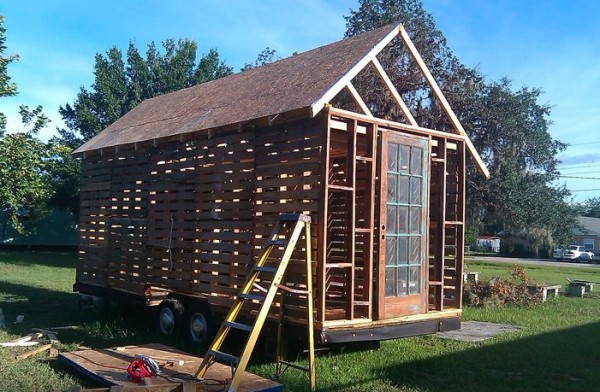







• Meat birds • Egg layers • Dual purpose (good for meat and eggs) • Weather tolerant in your climate • Fancy breeds (colorful and or unusual) • Egg colors • Temperament • Broodiness • Self-reliant (good foragers)
If you’re raising birds for meat, the Cornish Rock types develop amazingly fast and are ready to butcher by 6-8 weeks. They’ve been bred to eat constantly and develop large meaty muscles in a short amount of time. If you let them grow much more than 3 months, they will not be able to walk, and will die of heart attacks. Most people want dual purpose breeds, which are good egg producers but are larger bodied. Rhode Island Reds, Barred Rocks, Orphingtons, Brahmas, Delawares, Austrolorps are a few examples. Want really good layers? Leghorns, Wyandottes, Plymouth Rocks and other breeds can produce up to one egg a day. A more average rate is on egg every two or three days. Laying usually slows down during molting and winter months. You can force your hens to lay in winter if you put a timed light in the coop. Some birds tolerate heat and humidity better than others. If you live in a cold climate make sure your birds are cold hardy. Small wattles and combs are less susceptible to frostbite. Large bodied birds withstand cold better than small or slight birds. Bantams (the minis of the chicken world) need special treatment in the winter. They look cool but more often than not you’re sacrificing looks for performance. Most fancy, colorful breeds are not good layers, not cold hardy and are slower to mature. If you want particular egg color and size, you can select for that too. For example, Amaraucanas lay eggs that usually range from blue to green to olive. Marans lay darker shades of brown. Some breeds lay white eggs and others different shades of tan. Family friendly, easy to handle birds include Orphingtons, Australorp, Rhode Island Reds, and Delewares. Some breeds are better at foraging than others. Some are better at sitting on the nest once they have a clutch off eggs (this is called being ‘broody’) and raising their babies when they hatch.
 You can find more specifics about breeds at these websites, or look for breeds on hatchery websites.
http://www.eggzy.net/breeds
http://www.sagehenfarmlodi.com/chooks/chooks.html
http://www.wilkamdai.com/poultry_chicken_breeds_of_Interest.html
When you choose what you want, make sure you have a few backups that fit your criteria. Some breeds are just really hard to find, and some have off years that they don’t produce as well at the hatcheries. I’d suggest mixing it up at first and trying a few different types to discover your favorites.
You can order fertilized eggs and incubate your own, order day old chicks, order partially grown birds, or adult birds from a local breeder. Most people order chicks, so I’ll address this. When you’re ready to order them from a hatchery or pick them up from the feed store, you’ll probably want most if not all females (pullets). A small local breeder won’t be able to tell you if a chick is male or female until it starts to get its adult plumage, around 6-8 weeks. Sexing chicks is really hard to do, and even the hatcheries don’t always get it right. Even if they are advertised as ‘pullets’, there is still a chance the chick is a male. You’ll need to decide ahead of time what to do with it if you end up with a rooster if you don’t want to keep it.
You can order your chicks in the mail from a hatchery. Usually there is an order minimum. The chicks will be mailed to you and this minimum order size ensures that they produce enough body heat to keep each other warm. The ordering season is late February through early June, when temperatures are more ideal. If you buy them at a local feed store, look for chicks that are not scrawny or lethargic, with no discharge in eyes or nostrils. If there is a lot of fecal matter stuck to their vent it can block up and they can die from it, so avoid this. If you only want females, don’t pick the biggest chicks from the bunch. The males tend to be slightly larger than the females. Regardless of where you get your chicks or hens, always pick the healthiest, most active ones from the bunch.
Check back for the next article about chickens, Setting Up Your Brooder For Chicks
You can find more specifics about breeds at these websites, or look for breeds on hatchery websites.
http://www.eggzy.net/breeds
http://www.sagehenfarmlodi.com/chooks/chooks.html
http://www.wilkamdai.com/poultry_chicken_breeds_of_Interest.html
When you choose what you want, make sure you have a few backups that fit your criteria. Some breeds are just really hard to find, and some have off years that they don’t produce as well at the hatcheries. I’d suggest mixing it up at first and trying a few different types to discover your favorites.
You can order fertilized eggs and incubate your own, order day old chicks, order partially grown birds, or adult birds from a local breeder. Most people order chicks, so I’ll address this. When you’re ready to order them from a hatchery or pick them up from the feed store, you’ll probably want most if not all females (pullets). A small local breeder won’t be able to tell you if a chick is male or female until it starts to get its adult plumage, around 6-8 weeks. Sexing chicks is really hard to do, and even the hatcheries don’t always get it right. Even if they are advertised as ‘pullets’, there is still a chance the chick is a male. You’ll need to decide ahead of time what to do with it if you end up with a rooster if you don’t want to keep it.
You can order your chicks in the mail from a hatchery. Usually there is an order minimum. The chicks will be mailed to you and this minimum order size ensures that they produce enough body heat to keep each other warm. The ordering season is late February through early June, when temperatures are more ideal. If you buy them at a local feed store, look for chicks that are not scrawny or lethargic, with no discharge in eyes or nostrils. If there is a lot of fecal matter stuck to their vent it can block up and they can die from it, so avoid this. If you only want females, don’t pick the biggest chicks from the bunch. The males tend to be slightly larger than the females. Regardless of where you get your chicks or hens, always pick the healthiest, most active ones from the bunch.
Check back for the next article about chickens, Setting Up Your Brooder For Chicks
 Choose Fresh Pineapple Juice Over Canned or Frozen
To get the most health benefits from pineapple juice when you have a cold, fresh is the best choice. Look for ripe fruits that have a vibrant color and deep green leaves.
Processed pineapple juice still contains the bromelain enzyme, but it contains less than fresh.
Choose Fresh Pineapple Juice Over Canned or Frozen
To get the most health benefits from pineapple juice when you have a cold, fresh is the best choice. Look for ripe fruits that have a vibrant color and deep green leaves.
Processed pineapple juice still contains the bromelain enzyme, but it contains less than fresh. 





 Be sure to keep your eyes open for my next article where I will be sharing how I planned my hike. My hope is that it may shed some light on how you can plan your own hikes, large or small. Till next time, “Cheers!”.
Check out the Next Article in this series: WalkUSA’s Adventure Series: Planning
Be sure to keep your eyes open for my next article where I will be sharing how I planned my hike. My hope is that it may shed some light on how you can plan your own hikes, large or small. Till next time, “Cheers!”.
Check out the Next Article in this series: WalkUSA’s Adventure Series: Planning Chickens are great for food and self-sufficiency. They are the oldest domesticated animal in the world, which means people have been using them for eggs, meat, manure compost, and insect control for thousands of years. If you’re thinking about starting your own flock, consider the following.
 Why do you want chickens? There is an investment of time and money involved, so consider your return. These are the things you’ll have to do if you keep chickens:
Why do you want chickens? There is an investment of time and money involved, so consider your return. These are the things you’ll have to do if you keep chickens:
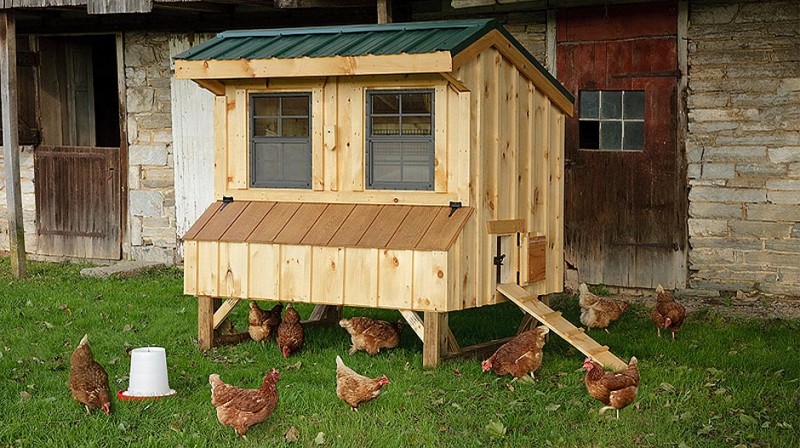 If you live in a town or city check city ordinances before you start your flock. Most municipalities will allow a certain number of hens, but no roosters. A rooster is not necessary for your hens to lay eggs, but it is for more baby chickens. Investing the time and money to build a strong, secure coop and run can’t be overstated. It is devastating to work hard raising a flock only to have it wiped out by predators, disease, or cannibalistic habits that arise from stressful conditions.
A word of warning for first-time chicken keepers. Some people get attached to their chickens, and eating your pets gets weird. Do not let your kids take them into your house. They actively carry salmonella and other bacteria that’s harmful to humans. They are not house pets. It may seem silly to bring it up, but people who didn’t grow up in the country struggle with this.
Most people order chicks in the spring for egg and meat production. Chicks need a heat source for about three months before you can put them outside, depending on your climate and when you get them. They’ll require an inside area (it will get stinky and noisy) where you can install a heat lamp and have enough space for quickly growing critters. They need at minimum 1-2 square feet per bird as they grow. They also need constant access to food and water, and daily cleaning. It takes an average of 4-5 months for chickens to start laying eggs. Meat birds mature between 3 and 5 months depending on the breed. On average, after three years, egg production declines and then your hen becomes dinner or a pet.
If you decide you’re ready, check back for articles on the next steps; choosing the right breeds and raising chicks.
If you live in a town or city check city ordinances before you start your flock. Most municipalities will allow a certain number of hens, but no roosters. A rooster is not necessary for your hens to lay eggs, but it is for more baby chickens. Investing the time and money to build a strong, secure coop and run can’t be overstated. It is devastating to work hard raising a flock only to have it wiped out by predators, disease, or cannibalistic habits that arise from stressful conditions.
A word of warning for first-time chicken keepers. Some people get attached to their chickens, and eating your pets gets weird. Do not let your kids take them into your house. They actively carry salmonella and other bacteria that’s harmful to humans. They are not house pets. It may seem silly to bring it up, but people who didn’t grow up in the country struggle with this.
Most people order chicks in the spring for egg and meat production. Chicks need a heat source for about three months before you can put them outside, depending on your climate and when you get them. They’ll require an inside area (it will get stinky and noisy) where you can install a heat lamp and have enough space for quickly growing critters. They need at minimum 1-2 square feet per bird as they grow. They also need constant access to food and water, and daily cleaning. It takes an average of 4-5 months for chickens to start laying eggs. Meat birds mature between 3 and 5 months depending on the breed. On average, after three years, egg production declines and then your hen becomes dinner or a pet.
If you decide you’re ready, check back for articles on the next steps; choosing the right breeds and raising chicks.
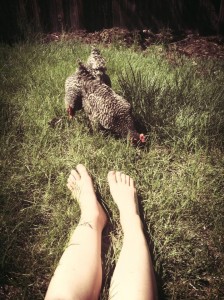

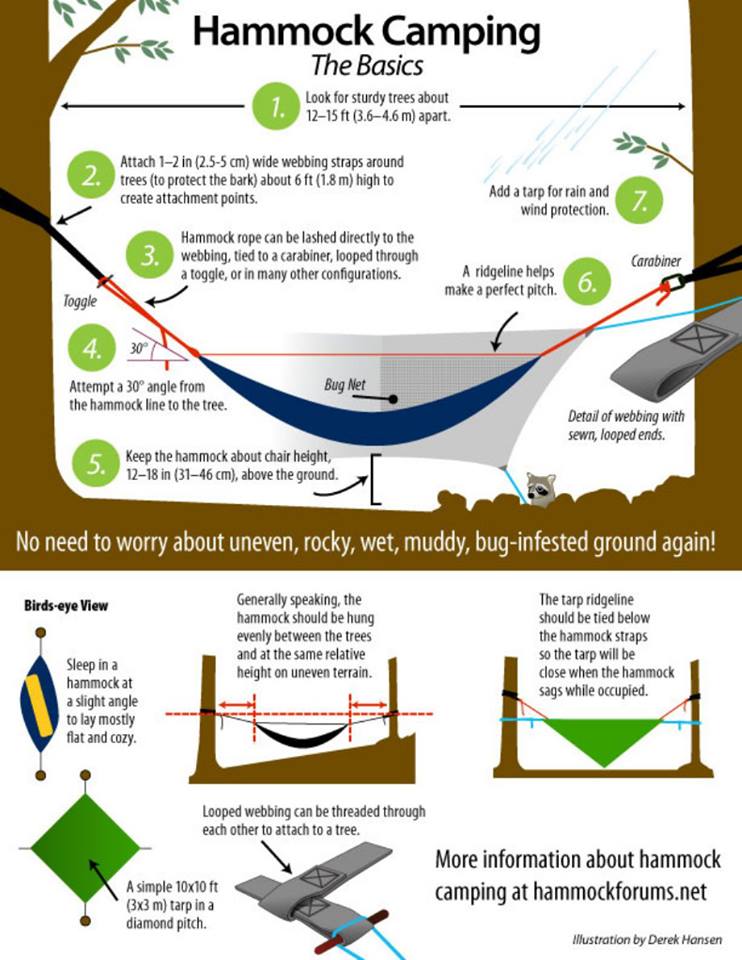
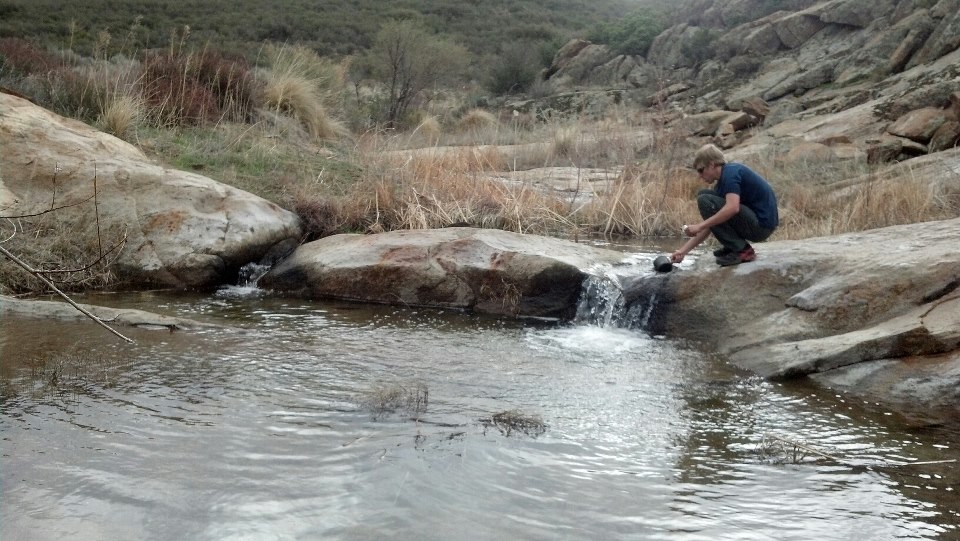



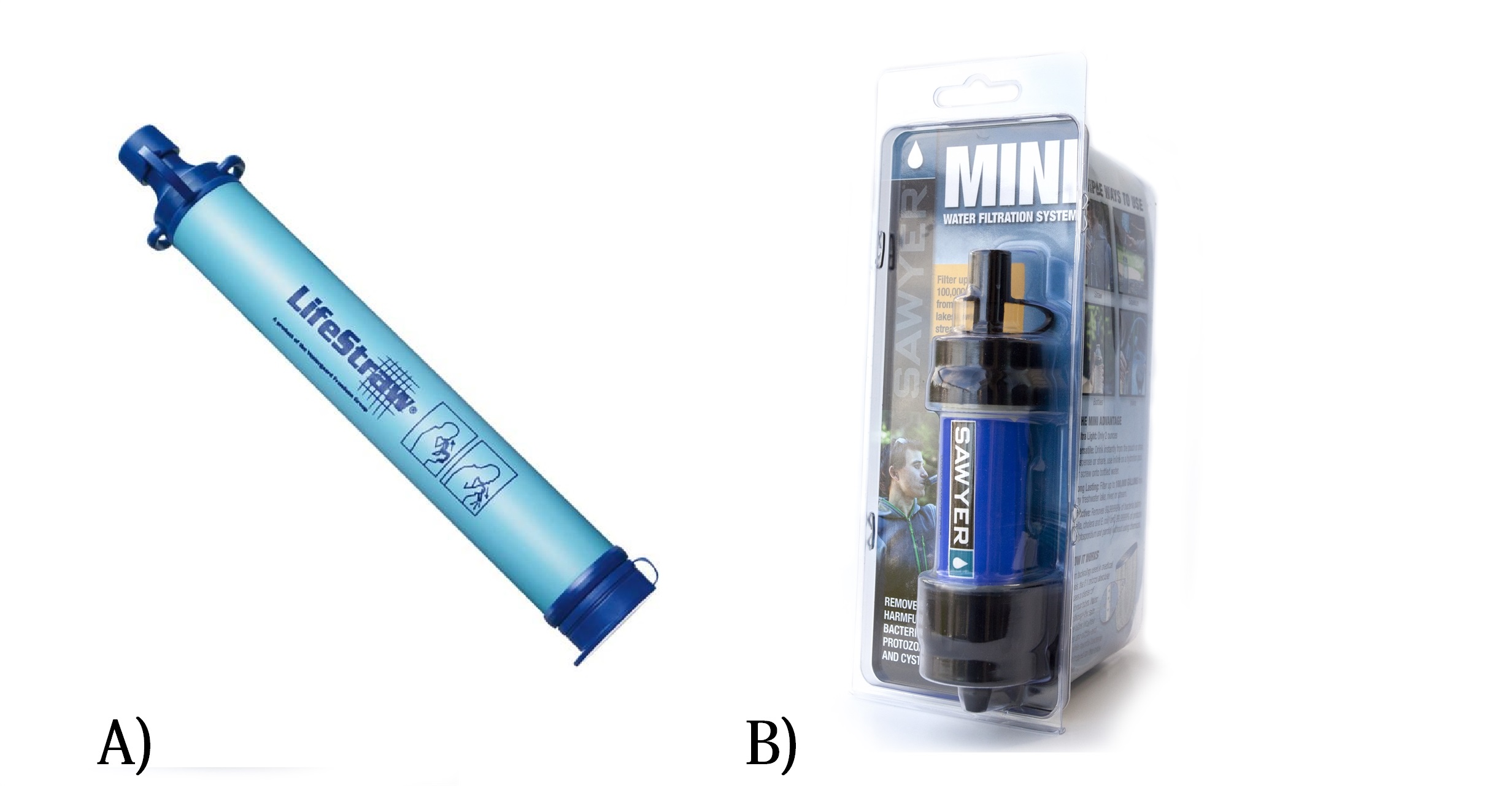


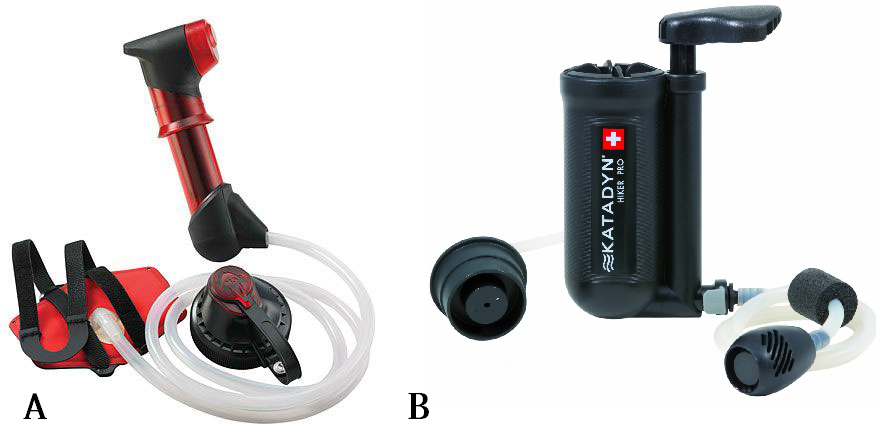
 Here are some general rules of thumb:
If the water source you will be pulling from is stagnant a pump system may be the best method to treat water in both a solo and group setting.
If the water is expected to be flowing while traveling solo the lightest weight options will generally be UV light or chemical treatment.
If there are two or more traveling in a party and the water is expected to be flowing a gravity filter may be the best method to accommodate the group’s water needs.
Here are some general rules of thumb:
If the water source you will be pulling from is stagnant a pump system may be the best method to treat water in both a solo and group setting.
If the water is expected to be flowing while traveling solo the lightest weight options will generally be UV light or chemical treatment.
If there are two or more traveling in a party and the water is expected to be flowing a gravity filter may be the best method to accommodate the group’s water needs.